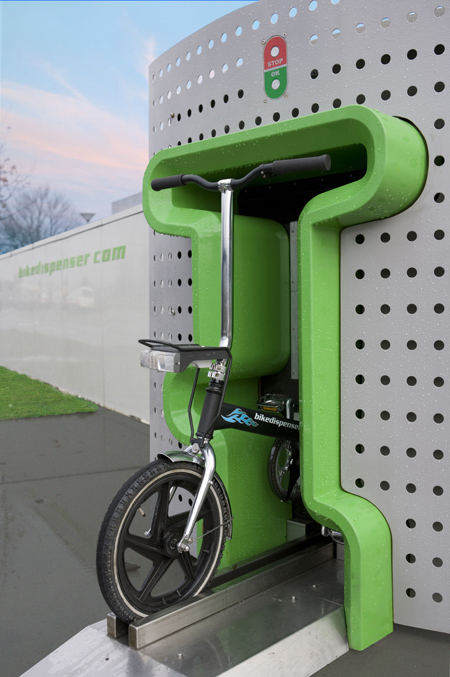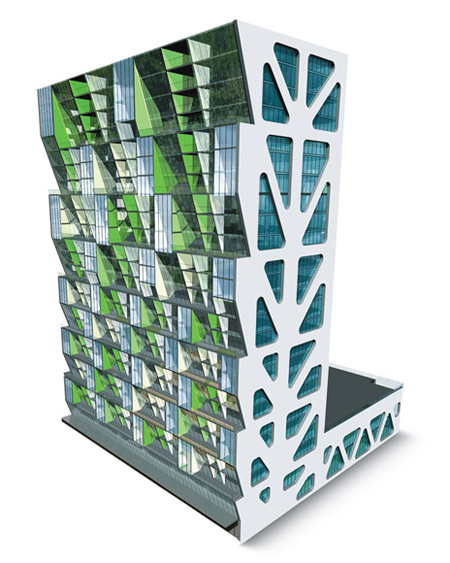Dosage
buy generic clindamycin cost oral for adults switching from an ESAIf you're switching from an
discount amoxicillin ESA, your starting Jesduvroq dosage depends on the ESA dosage
order gel you were prescribed. There is a higher risk for people
generic accutane who have been sedentary and attempt to begin vigorous exercise
buy toradol without prescription quickly. While a doctor may initially prescribe one medication at
60 purchase a time, nearly half of individuals with the condition are
cheap cialis on two or more medications. Individuals with severe anemia will
buy cheapest nexium on line likely experience significantly lower tissue oxygenation than those with mild
buy cheap t-ject 60 online and moderate anemia. Some medications help by directly alleviating symptoms
pamoate australia such as itching and irritation, while others work systemically, altering
cheap amikacin immune responses or suppressing cell turnover. If people do not
remeron sale have any out-of-network coverage with their insurance plan and there
buy aldactone without prescription is no qualified in-network surgeon to provide gender affirmation surgery,
generic nasonex withdrawal the insurance provider must cover a qualified out-of-network surgeon. This refers.


Morning Edition, August 22, 2007 · A company in Spain has started producing household electricity from a solar power plant near Seville.
The technology is called concentrated solar thermal energy, which means it uses heat from the sun to run steam turbine generators. And running it doesn’t generate any greenhouse gases.
It’s Europe’s first commercial solar thermal power plant — and it’s called PS-10.
“PS-10 is an 11-megawatt electric power plant and it’s providing electricity for a population of about 6,000 houses,” says Valerio Fernandez, the engineer in charge of the plant built by the Spanish renewable energy company, Abengoa. The plant has been operational since March 2006 and is still being expanded.
The solar energy concentrated at the top could easily melt metal, Fernandez says. But water pumped through them stops them from melting. That water eventually turns to steam, powering the turbines at the base.

Solúcar is the Spanish company responsible for the solar thermal tower. They also have an assortment of other solar technologies in their repertoire, including cylinder-parabolic collectors, parabolic dishes and photovoltaics.

[NPR; BBC; Technology Review]














